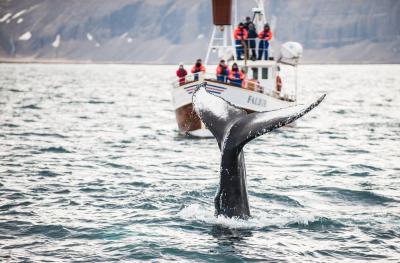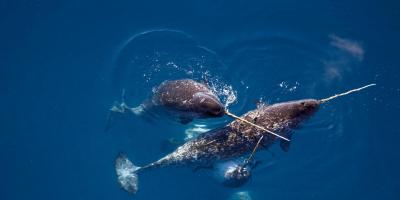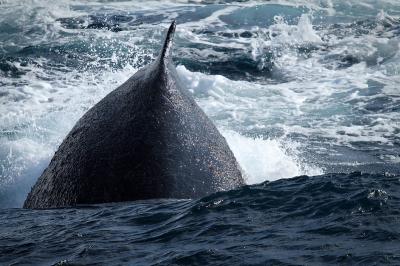4 Results in category Whale Watching
The blue whale, specifically, is the largest animal to ever exist on land and in the marine life. Whale watching has to occur in a lifetime experience. As the name suggests, whale watching involves the observation of the sea mammals in their natural habitat. It can serve as both a recreation practice and a scientific exploration. According to a study prepared for International Fund for Animal Welfare in 2009 about 13 million people went whale watching globally in 2008 generating over $2.1 billion per annum in tourism revenue worldwide. This niche alone employs around 13,000 workers. The rapid growth of the industry has raised the question about the best use of whales as a natural resource.
Below is the list of the world's 10 best locations for whale watching:
1. Vancouver Island, Canada
Some 20,000 grey whales pass the island’s Pacific coast in spring; it also has resident orca – the most researched pods in the world.
2. Québec, Canada
Three currents collide near Tadoussac in the Gulf of St Lawrence’s mouth, stimulating plankton development and providing a veritable feast for whales.
3. Iceland
The North Atlantic is a good feeding ground; whale-watching trips run from the west or north of the country – Húsavik is the main hub, but tours also leave from Reykjavík.
4. Dominica
Steep underwater drop-offs along the Nature Isle’s west coast create sheltered bays – ideal places for sperm whales to breed and calve.
5. Baja California, Mexico
Greys come to breed in San Ignacio Lagoon, on the Pacific coast; multiple species congregate in the food-rich Sea of Cortez
6. Colombia
Colombia’s Pacific coast is on a humpback migration route; sighting hotspots include Nuqui, Bahía Solano and Bahía Málaga. Combine the whales with a spot of jungle trekking.
7. Western Cape, South Africa
Two oceans converge, resulting in a huge diversity of marine life; sheltered bays and warmer waters provide calving spots for migrating whales.
8. Scotland
A third of the North Atlantic’s whale population migrates via western Scotland every year, while some species are resident year-round.
9. Azores
The remote archipelago sits in nutrient-rich waters; the seas sustain resident whale populations, while the islands are also visited by migrating species.
10. Sri Lanka
Sri Lanka’s southern tip nudges the depths of the continental shelf, favoured by blues; nowhere else does the world’s biggest creature swim so close to land, so reliably.
You may think that you need to be far away from civilization to see whales but actually you can go on a whale watching tour from Reykjavik, the capital city of Iceland.
Greenland’s coastal fjords are an alien landscape of icebergs and glistening blue water.
There’s nothing quite like the narwhal. Of all the animals with tusks – from elephants to walruses – they’re surely the most fantastical. Unicorns of the sea, these porpoise-like creatures can grow spiral tusks up to three metres long.
Antarctica is the perfect place for close encounters with whales.




